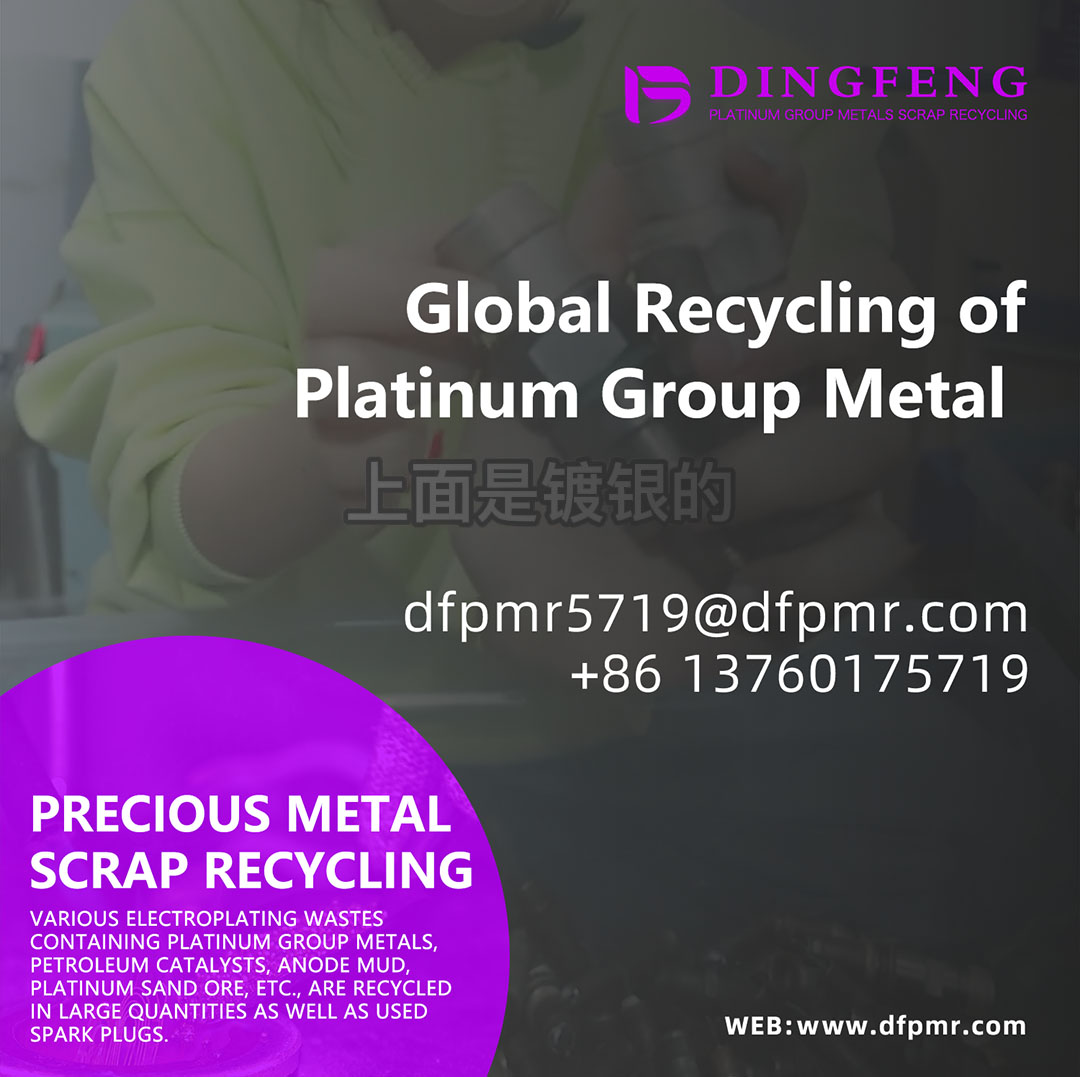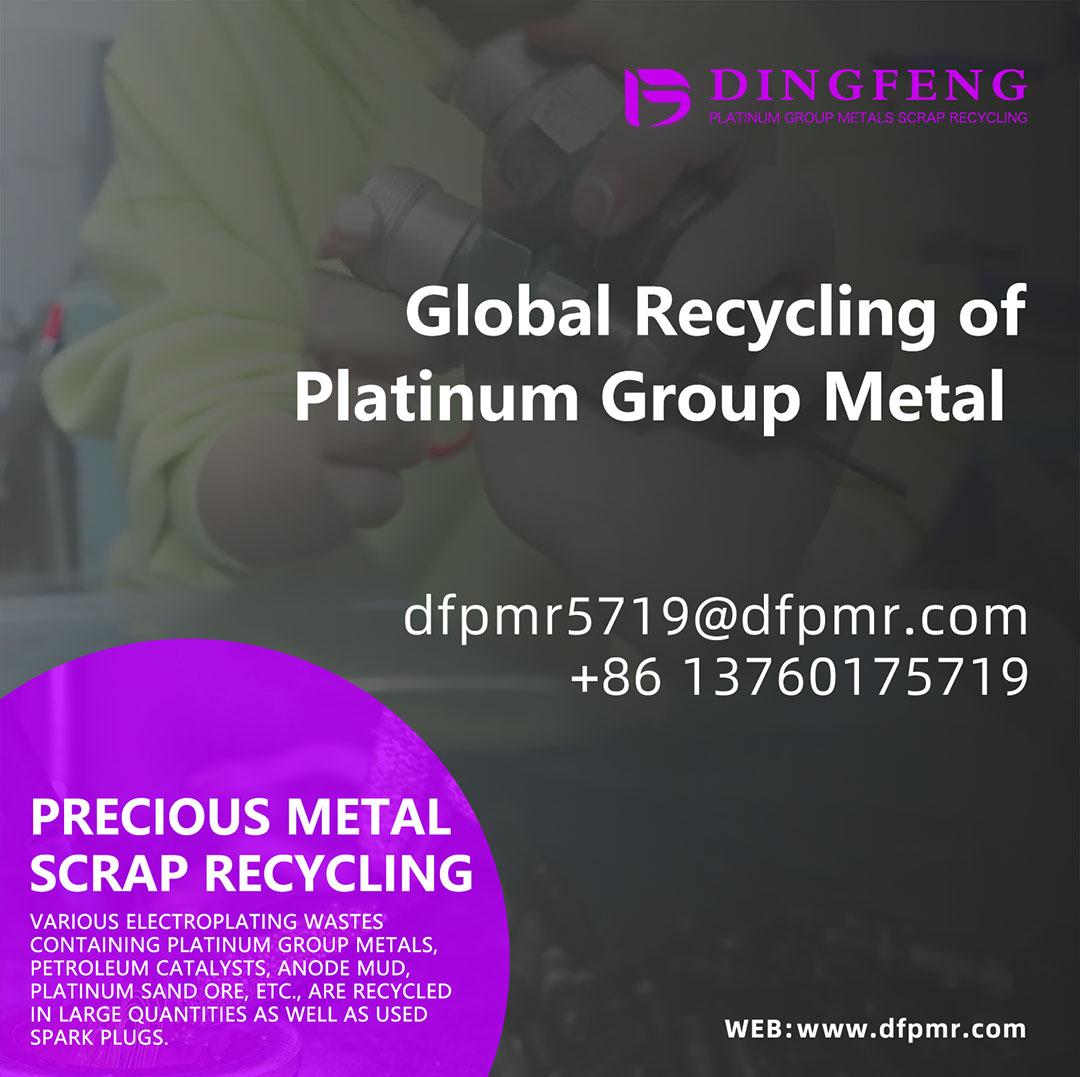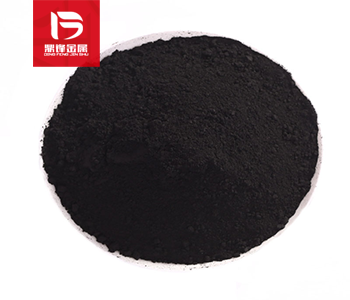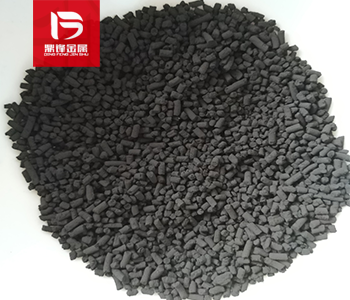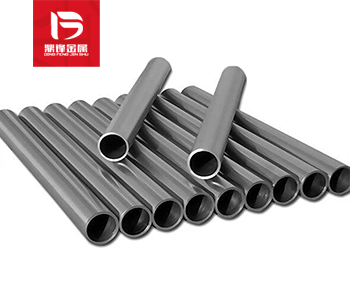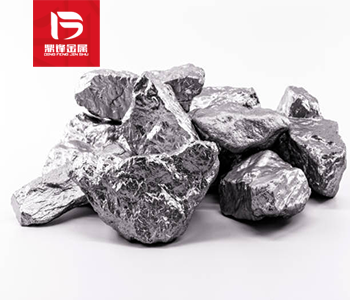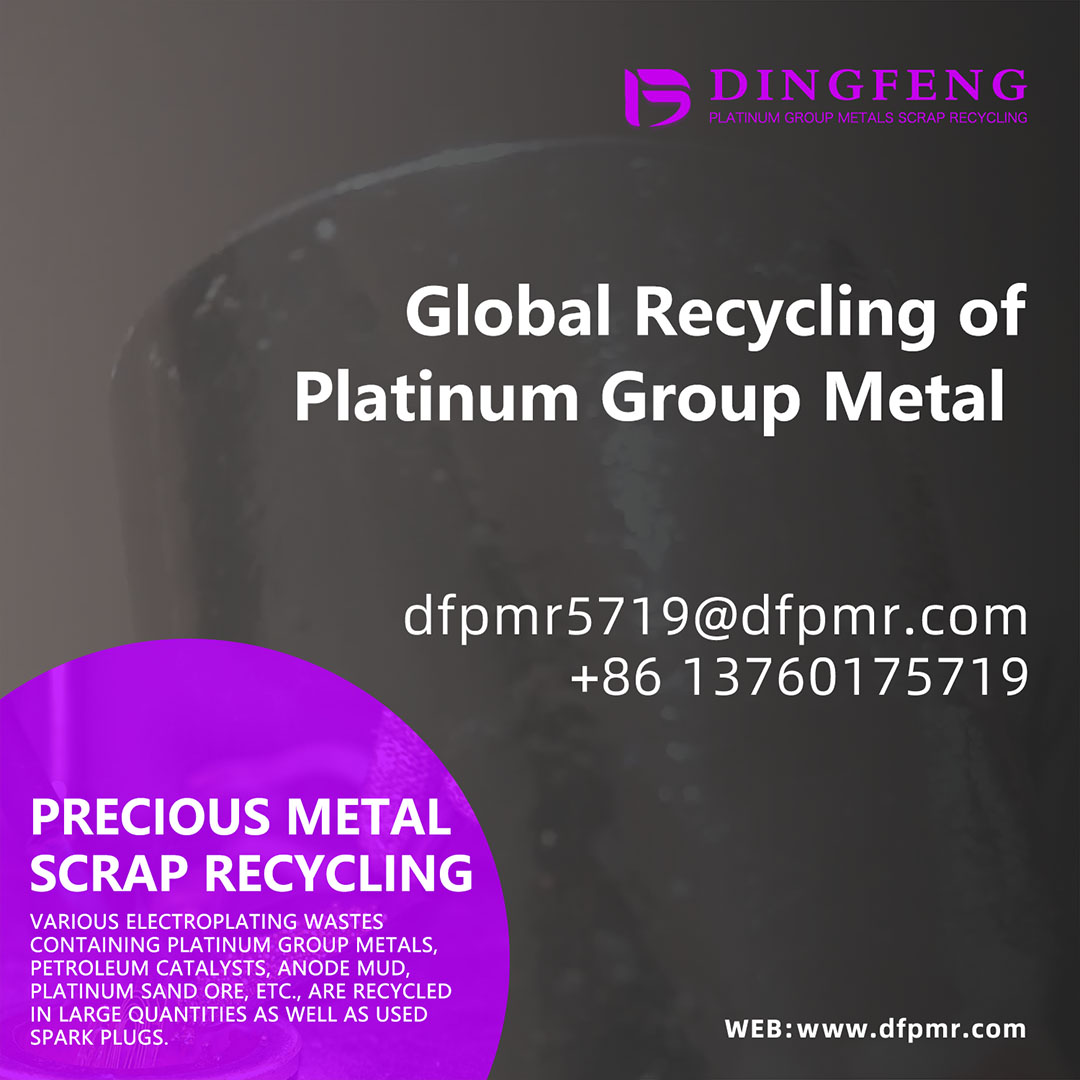Palladium carbon recovery_ The use, characteristics, and application of palladium catalysts
Palladium on carbon is an indispensable palladium catalyst in the chemical industry. The function of a catalyst is to accelerate chemical reactions without consuming substances during the process. The
Palladium on carbon is an indispensable palladium catalyst in the chemical industry. The function of a catalyst is to accelerate chemical reactions without consuming substances during the process. They are widely used in the production of fuels, drugs, polymers, and other chemical products. Palladium is a transition metal commonly used as a catalyst in many industrial processes. Palladium catalysts have unique performance, making them very effective in a wide range of applications. In this article, we will discuss the characteristics, applications, and uses of palladium catalysts.
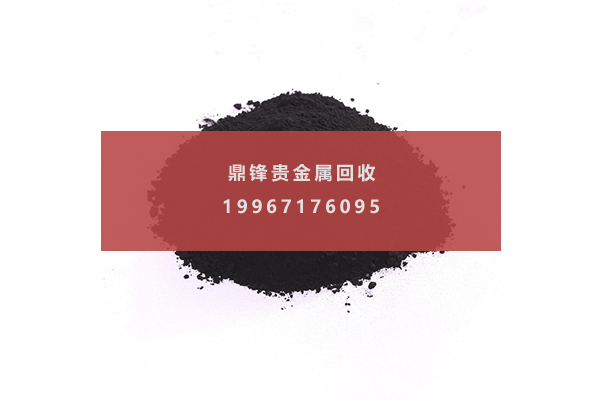
Properties of palladium:
Palladium is a silver white transition metal that belongs to the platinum group element. It is a relatively rare metal that exists in the Earth's crust at a concentration of only 0.015 ppm. Palladium has many unique characteristics, making it an ideal catalytic material. One of the most important characteristics of palladium is its ability to quickly adsorb and desorb hydrogen. This characteristic makes it an excellent material for hydrogenation reactions, where hydrogen gas is added to the molecules to reduce it. In addition, palladium is relatively inert and does not react with many chemicals, making it a stable catalyst material. It also has a high surface area to volume ratio, which means that a small amount of palladium can have a larger surface area for catalytic reactions.
Application of palladium catalysts:
Palladium catalysts have many applications in the chemical industry. They are widely used in organic synthesis, hydrogenation, cross Coupling reaction, polymerization, fuel cell and environmental applications.
Organic synthesis
One of the most common applications of palladium catalysts is organic synthesis. Palladium catalyzed reactions have become popular because they have selectivity, high efficiency, and allow the formation of complex molecules in one step. For example, palladium catalyzed Heck reaction can be used to synthesize aryl substituted olefins from aryl halides and olefins. This reaction is widely used in the pharmaceutical industry to synthesize drug molecules.
Suzuki Coupling reaction is another palladium catalyzed reaction widely used in organic synthesis. It can be used to synthesize biaryl compounds from aryl halides and boric acid. This reaction is widely used in the production of pharmaceuticals and agricultural chemicals. Sonogashira Coupling reaction is another palladium catalyzed reaction widely used in organic synthesis. It can be used to synthesize alkynes from aryl halides and terminal alkynes. The reaction can be used to synthesize Natural product and drugs.
Hydrogenation:
Palladium catalysts are also widely used in hydrogenation reactions, where hydrogen gas is added to molecules to reduce it. Hydrogenation is an essential process in the production of many industrial chemicals, including margarine, fertilizers, and polymers. Palladium catalysts are particularly useful in this process as they can quickly adsorb and desorb hydrogen gas. In addition, palladium catalysts can be used for selective hydrogenation reactions, where only certain functional groups are reduced.
Cross Coupling reaction:
Cross Coupling reaction is a reaction to form two Carbon–carbon bond. Palladium catalysts are widely used in cross Coupling reaction because they can form strong carbon palladium bonds. Still Coupling reaction is a palladium catalyzed cross Coupling reaction, which can be used to synthesize organotin compounds. This reaction is widely used in the production of pharmaceuticals and agricultural chemicals. Negishi Coupling reaction is another palladium catalyzed cross reaction.
Aggregation:
Palladium catalysts are also widely used in polymerization reactions. Polymerization is the process by which monomers combine to form a polymer. Palladium catalysts are particularly suitable for polymerization reactions due to their selectivity and efficiency. For example, the Kumada Tamao Corriu reaction is a palladium catalyzed polymerization reaction that can be used to synthesize polymers with highly controllable molecular weight and composition.
Fuel cells:
Fuel cells are devices that generate electricity by combining hydrogen and oxygen. Palladium catalysts are used as electrodes in fuel cells because they can catalyze the oxidation and reduction of hydrogen and oxygen. In addition, palladium catalysts are very stable and can withstand the harsh conditions present in fuel cells.
Environmental remediation:
Palladium catalysts are also being applied in environmental remediation, especially in the treatment of contaminated water and air. An important application of palladium catalysis in environmental remediation is the removal of halogenated organic compounds, such as chlorinated solvents and insecticides. Palladium catalyzed Dehydrohalogenation involves removing halogen atoms from the substrate to form less toxic products. This reaction has been used to treat contaminated groundwater and soil, as well as to repair industrial wastewater.
&Quot; Dingfeng Precious Metals Recycling includes precious metals such as gold, silver, palladium, rhodium, platinum, germanium, iridium, ruthenium, etc. This is our business in precious metal recycling. If you have precious metals such as gold, silver, palladium, rhodium, platinum, germanium, iridium, ruthenium that need to be recycled, please contact us and we will provide you with a satisfactory price& Quot;



